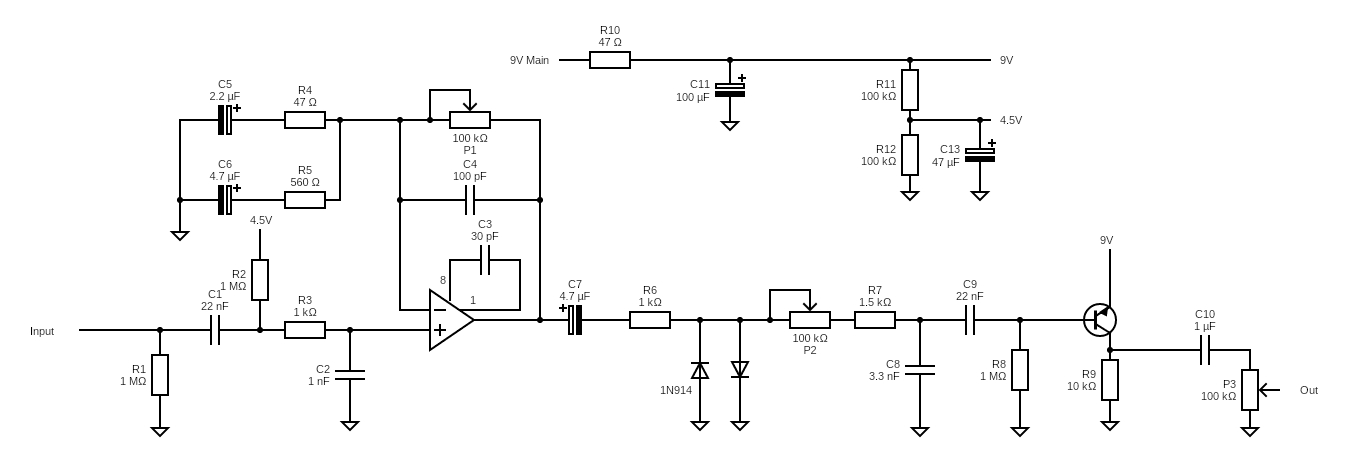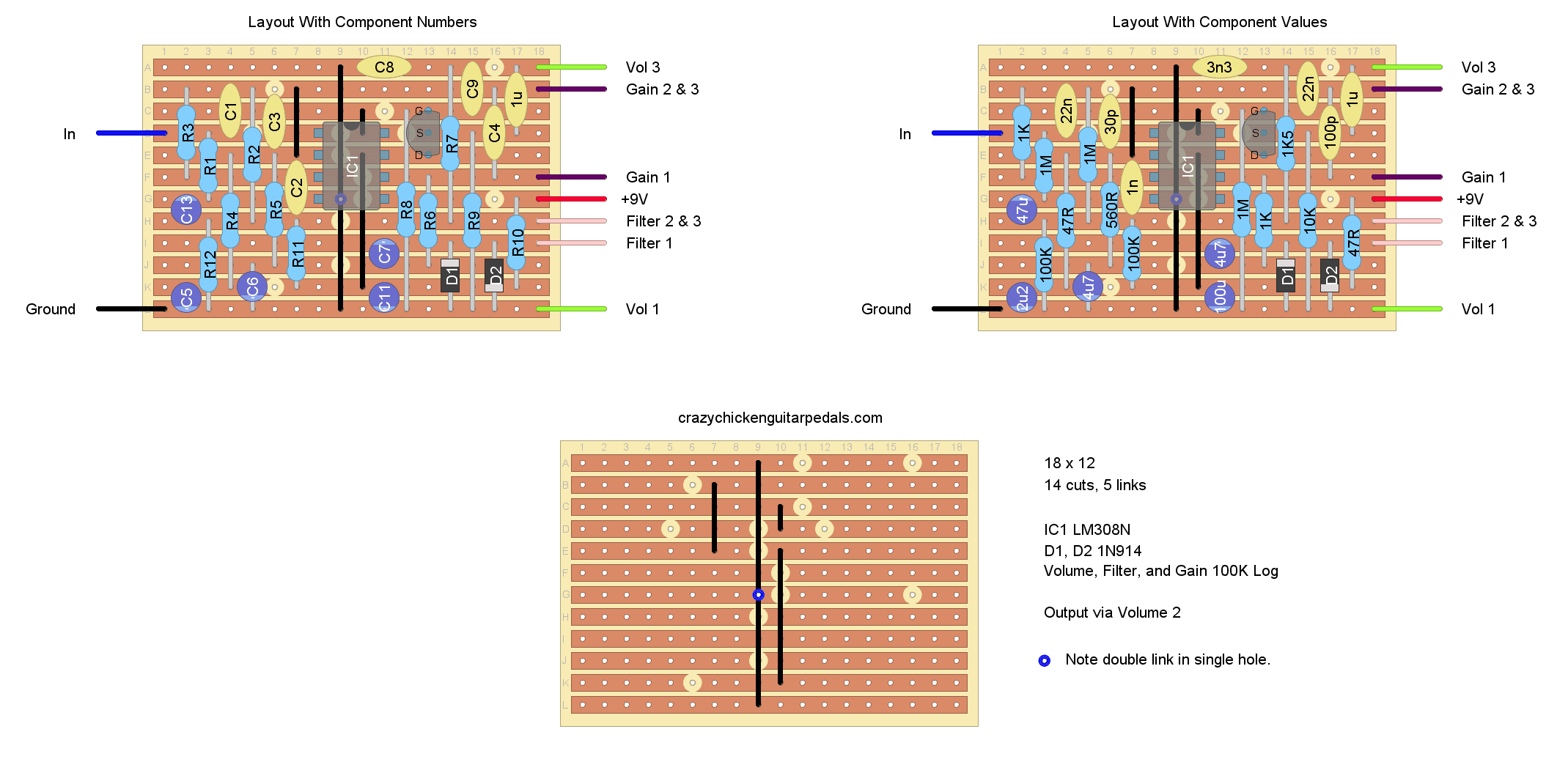Here it is! The ProCo Rat.
The ProCo Rat is just one of those pedals, distortion or otherwise, that has endured decades and maintained its popularity. Like the Electro-Harmonix Big Muff for fuzz or the Ibanez Tube Screamer overdrive, the ProCo Rat seems to be one of those enduring distortion pedals people still love, despite being around since the 1970’s.
Because of that, I had to make one.
Like the pedals already mentioned, the Rat has had more than a few versions over the years, with much debate over what the best version of the Rat is or was. Although the tone hasn’t really changed that much, people at least claim to be able to hear differences in the sound. I’m pretty sure this is the original specifications for the ProCo Rat, but, as it’s one of those pedals that have been around a lot, it’s hard to confirm. Either way, you’re going to be getting a great sounding pedal if you decide to build this.
The fun thing about the Rat is, although it’s designed as a distortion pedal, the range of sounds that you can get out of it range from a lighter overdriven sound more akin to soft clipping all the way up to a big distorted fuzz. It’s a versatile pedal that can do a variety of things.
I’m not saying it’s the only pedal you’re going to need; other pedals have different tones after all. And there’s also something to be said about pedals that specialise in one thing rather than trying to do everything. However, the Rat gets some sick sounds coming out of it, which is why it’s still so sought after today.
ProCo Rat Wiring Schematic
The Rat’s wiring schematic isn’t large or overly complex, especially compared to a lot of big name pedals out there, so what it does, it does efficiently.
Honestly, the clipping stage is basically an op-amp stage with diodes after it that we’ve all seen before.
The split resistors and capacitors for C5 and C6 and R4 and R5 are a little unusual though. To get the op-amp to amplify in a non-inverting layout like this you need resistors going to ground (i.e. R4 and R5), and capacitors are often used to modify the exact tonal response, but splitting them like that I haven’t seen before. As a wild guess, it’s probably something that was figured out through trial and error, but that’s just a guess.
From there, there’s really nothing unusual about the Rat’s circuit. A basic low pass filter for tone control followed by an output buffer that we see on a lot of pedals and volume.
Here’s the wiring diagram:
Click on the schematic to enlarge it.
And here’s the bill of materials.
| Notes | ||
|---|---|---|
| R1 | 1M | |
| R2 | 1M | |
| R3 | 1K | |
| R4 | 47R | |
| R5 | 560E | |
| R6 | 1K | |
| R7 | 11.5K | |
| R8 | 1M | |
| R9 | 10K | |
| R10 | 47R | |
| R11 | 100K | |
| R12 | 100K | |
| C1 | 22nF | |
| C2 | 1nF | |
| C3 | 30pF | |
| C4 | 100pF | |
| C5 | 2.2uF | Polarised |
| C6 | 4.7uF | Polarised |
| C7 | 4.7uF | Polarised |
| C8 | 3.3nF | |
| C9 | 22nF | |
| C10 | 1uF | |
| C11 | 100uF | Polarised |
| C12 | none | |
| C13 | 47uF | Polarised |
| IC | LM308N | |
| P1, P2, P3 | 100K Log | |
| Diodes | 1N914 | |
| Jacks, power supply, etc. | Don't Forget | The stuff you usually use. |
But, as always, it’s not necessarily the circuit, but what you do with it. You could wire the same circuit layout with different component values and it wouldn’t sound any good.
The balance of tone in this pedal, as well as its ability to give a variety of clipping intensities goes to show how well the ProCo Rat was designed and why it remains popular to this day.
If you want to experiment, I think the place to play is, as mentioned, around C5, C6, R4, and R5. The capacitors are there to control the frequencies in the gain (as well as C3 and C4), so changing the values will likely drastically change the sound of the pedal. And probably change them for the worst, but it’s worth seeing what happens.
Since the rest of the pedal is so simple, and really it all appears to be in the gain stage, it doesn’t look like you’ll get much difference from other changes, apart from the obvious like changes in the low pass filter and gain from the final transistor.
ProCo Rat Stripboard Layout
I saw on the original schematic that a reverse polarity protection diode was present that wasn’t present in the stripboard layouts I found. I chose to keep it omitted because I wasn’t going to plug this thing into the wrong power source, but it’s easy enough to add if you want.
Other than that, this layout has a lot of space to work with, making it a pretty cruisy build for something with more than a few components.
As mentioned though, the circuit for the ProCo Rat is actually relatively simple when you think about it
If you want to do mods to the circuit, I’ve provided the layout with both component numbers as per the schematic above as well as component values if you just want to build it as is.
Click on the diagram to enlarge it.
My Experience Building ProCo Rat Pedal
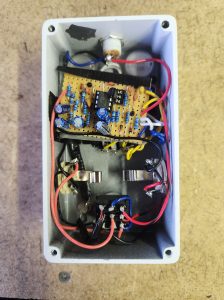 I found this build pretty easy, and was happy that it worked as soon as I plugged it in. As mentioned, there are a few components here, but it’s not a very crowded layout, so it’s hard to make mistakes.
I found this build pretty easy, and was happy that it worked as soon as I plugged it in. As mentioned, there are a few components here, but it’s not a very crowded layout, so it’s hard to make mistakes.
My take is that easy to build guitar pedals have fewer components, because the more components that there are to place increases the likelihood of error. The Rat, surprisingly, is one of those mid-tier builds. Nothing that you need heaps of experience for, but not one to try as your first.
This wasn’t the cleanest boxing I’ve ever done, but it fit in a 125B style enclosure easily. The stripboard is almost getting too wide, as you can see, but if I had thought ahead with my wires, I probably could have put the board in lengthwise and made things a bit better looking. Oh well!
How Does The ProCo Rat Sound?
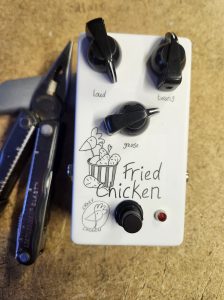 It sounds like a Rat!
It sounds like a Rat!
If you haven’t gone out of your way to know what a ProCo Rat sounds like, you’d still know it as it’s been used by the likes of James Hetfield, Kurt Cobain, and David Gilmour.
As mentioned, the Rat is pretty versatile and gives a large variety of sounds going from mild clipping to full blown fuzz. Interestingly, the filter knob does a lot more than just giving bass or treble, it really interacts with the distortion of the pedal, again creating some unique sounds.
The Rat isn’t one of those pedals that you just turn all the way up and rock out with. Of course, you’re welcome to do that, but it’s also making it so that you don’t take in all that the Rat has to offer.
Play with the settings, find some interesting sounds, and have fun.
Related posts:
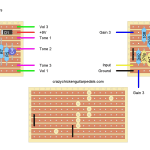 Lovepedal Purple Plexi On Stripboard
Lovepedal Purple Plexi On Stripboard
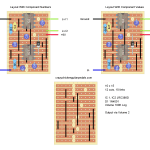 EarthQuaker Devices Acapulco Gold On Stripboard
EarthQuaker Devices Acapulco Gold On Stripboard
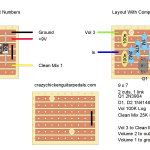 Greer Amps Green Giant On Stripboard
Greer Amps Green Giant On Stripboard
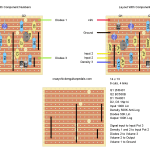 Catalinbread Karma Suture On Stripboard
Catalinbread Karma Suture On Stripboard
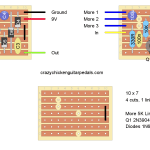 EartherQuaker Devices Speaker Cranker On Stripboard
EartherQuaker Devices Speaker Cranker On Stripboard
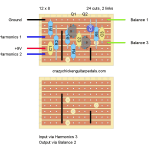 Escobedo Harmonic Jerculator On Stripboard
Escobedo Harmonic Jerculator On Stripboard
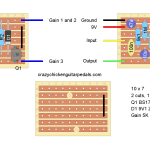 ZVEX Super Hard On On Stripboard
ZVEX Super Hard On On Stripboard
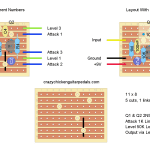 Vox Tone Bender On Stripboard
Vox Tone Bender On Stripboard
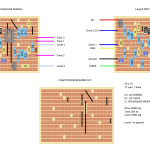 Ibanez Tube Screamer (TS808) On Stripboard
Ibanez Tube Screamer (TS808) On Stripboard
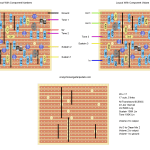 Electro-Harmonix Big Muff On Stripboard
Electro-Harmonix Big Muff On Stripboard
